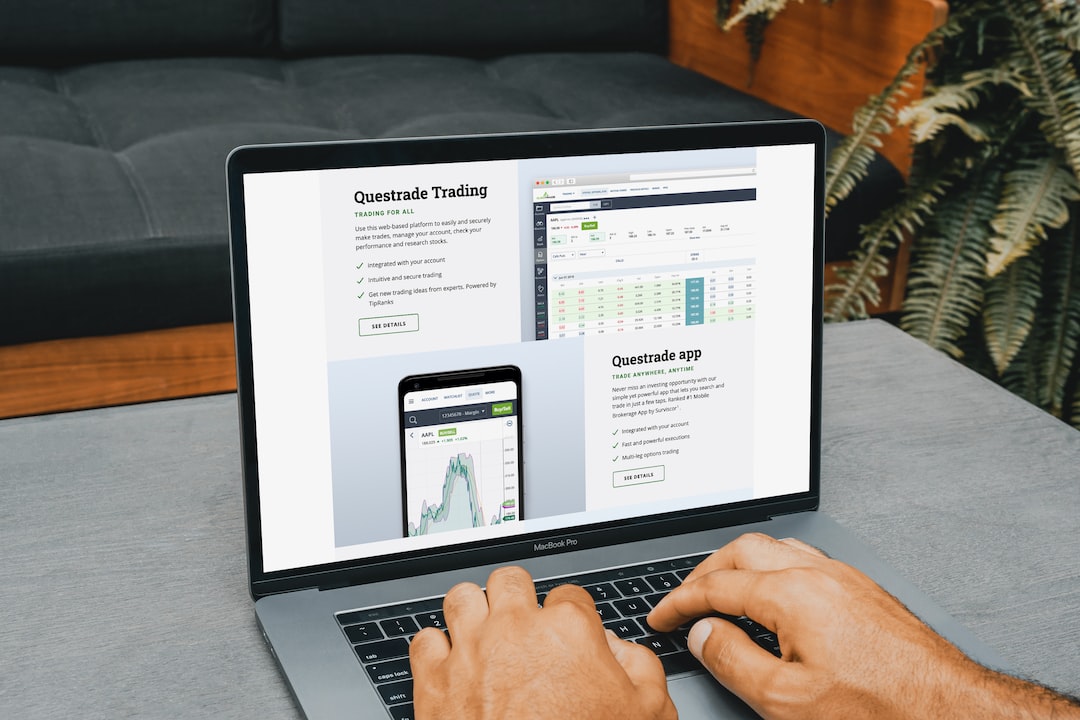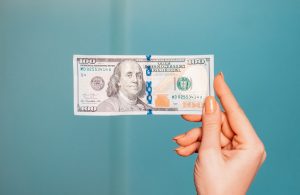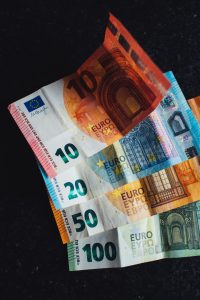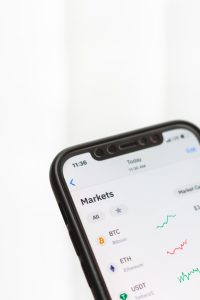Forex, short for foreign exchange, is a decentralized market where currencies from all around the world are traded. The forex market is the largest financial market in the world, with an average daily turnover of more than $5 trillion. Forex trading is a popular investment option for individuals, institutional investors, and even governments. In this article, we will explain the forex buying process, step by step.
Step 1: Choose a Forex Broker
The first step in the forex buying process is to choose a forex broker. A forex broker is a financial institution that provides access to the forex market. There are hundreds of forex brokers in the market, and choosing the right one can be a daunting task. When choosing a forex broker, consider factors such as regulation, reputation, trading platform, fees, and customer service.
Step 2: Open a Forex Trading Account
Once you have chosen a forex broker, the next step is to open a forex trading account. Forex brokers offer different types of trading accounts, including demo accounts, micro accounts, standard accounts, and VIP accounts. A demo account is a practice account that allows you to trade with virtual money. A micro account is a small account that allows you to trade with a small amount of real money. A standard account is a regular trading account that allows you to trade with a larger amount of real money. A VIP account is a premium account that offers additional perks and benefits.
Step 3: Fund Your Trading Account
After opening a forex trading account, the next step is to fund your account. Forex brokers offer various funding options, including bank transfers, credit/debit cards, e-wallets, and cryptocurrencies. The funding process may take a few minutes to a few days, depending on the funding option and the forex broker.
Step 4: Choose a Currency Pair to Trade
Once you have funded your trading account, the next step is to choose a currency pair to trade. A currency pair is a combination of two currencies that are traded in the forex market. For example, EUR/USD is a currency pair that represents the euro and the US dollar. Forex traders can choose from a wide range of currency pairs, including major pairs, minor pairs, and exotic pairs.
Step 5: Analyze the Forex Market
Before placing a forex trade, it is essential to analyze the forex market. Forex traders use various analysis tools, including technical analysis, fundamental analysis, and sentiment analysis. Technical analysis involves studying price charts and using indicators to identify patterns and trends. Fundamental analysis involves analyzing economic and political factors that affect the currency market. Sentiment analysis involves gauging the market sentiment and the mood of traders.
Step 6: Place Your Forex Trade
After analyzing the forex market, the next step is to place your forex trade. Forex traders can place different types of orders, including market orders, limit orders, stop orders, and trailing stop orders. A market order is an order to buy or sell a currency pair at the current market price. A limit order is an order to buy or sell a currency pair at a specific price or better. A stop order is an order to buy or sell a currency pair at a specific price or worse. A trailing stop order is an order to buy or sell a currency pair at a specific distance from the current market price.
Step 7: Monitor Your Forex Trade
Once you have placed your forex trade, the next step is to monitor your trade. Forex traders need to monitor their trades regularly to ensure that they are on track and to adjust their trades if necessary. Forex traders can use various tools to monitor their trades, including price charts, real-time news feeds, and trading platforms.
Step 8: Close Your Forex Trade
The final step in the forex buying process is to close your forex trade. Forex traders can close their trades manually or automatically. To close a trade manually, forex traders need to place a counter-trade that is equal and opposite to the original trade. To close a trade automatically, forex traders can use a stop loss or take profit order. A stop loss order is an order to close a trade at a specific loss level. A take profit order is an order to close a trade at a specific profit level.
Conclusion
The forex buying process may seem complicated at first, but it is relatively simple once you understand the steps involved. By following the steps outlined in this article, you can start trading forex with confidence and increase your chances of success in the forex market. As with any investment, it is important to do your research, manage your risks, and stay disciplined. Happy trading!






